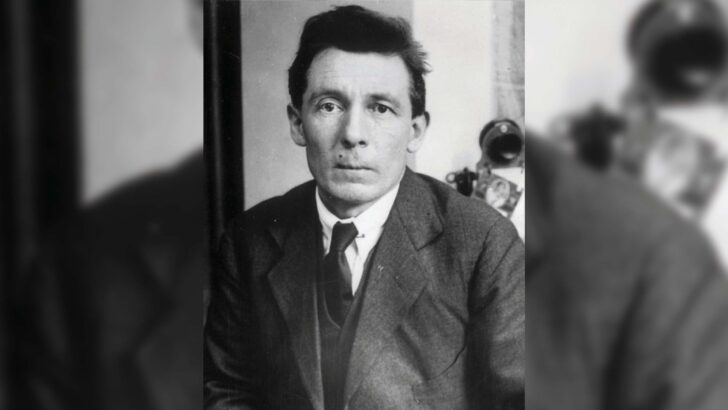Voices from a Torrid Time by Séamus Connellan (Carlow Advertiser and Printing, Carlow; no price stated)
This is a remarkable pictorial history of the revolutionary period from 1916 to 1923, leading to the emergence of the new Irish state.
In more than 130 illustrations the author focuses on the major events in those years with pictures of many key figures, but not all. He includes those who were activists on both sides of the struggle for Irish independence. With each illustration there is an apposite explanatory narrative.
Austin Stack, OC, Kerry Brigade, Irish Volunteers, in full uniform introduces the narrative on the planned Easter 1916 Rising. He had responsibility for the first stage of the rebellion – the landing of arms and ammunition in Tralee Bay. It was the victim of Murphy’s Law – ‘Everything went wrong that could go wrong’!
Here Connellan also provides a picture taken on the German submarine U19. It features the captain Raimond Weisbach, as well as Roger Casement, Robert Monteith and Julian Bailey, who were captured not long after being delivered to Banna Strand.
Patrick H. Pearse, OC of the Irish Volunteers, is the face of the rebellion in Dublin. There are also profiles of Seán MacDiarmada, Joseph Plunkett, Thomas MacDonagh and Tom Clarke who with Pearse co-signed the inspiring 1916 Proclamation. The outbreak of fighting in Dublin continued for just a week. Stack appears again in this segment. He is being led under guard to his court-martial.
Triumph
In the memorable words of Canon Patrick Sheehan the failed Rising was a Triumph of Failure, as it soon became the prologue to the successful War of Independence.
In this context there are numerous pictures of Michael Collins and Eamon de Valera; the first had a leading role in conducting the guerrilla war against the crown forces, the other in developing Sinn Féin’s political strategy.
There is a picture here also of Stack. He had a dual role, serving both as a member of the GHQ of the IRA and as Minister for Home Affairs in the administration established by Dáil Éireann.
Connellan also features ‘the gunmen’ on both sides of the hostilities. There is a photograph of Tom Barry, the famous guerrilla fighter taken at Rosscarbery in Co. Cork following the attack on and destruction of the Royal Irish Constabulary barracks in March 1921. Matching that are numerous pictures of the Auxiliaries, and Black and Tans rampaging across the towns and countryside in search of ‘rebels’.
The British Prime Minister, Lloyd George is featured. He claimed to have ‘murder by the throat’, but not long afterwards concluded a settlement with the leaders of Sinn Féin.
A majority of the Irish people accepted and supported the Anglo-Irish Treaty. A majority of the IRA did not. Here we see Cathal Brugha, one of the diehard leaders of the Anti-Treatyites. He was killed in the fighting which broke out in O’Connell Street in Dublin at the beginning of the Civil War.
Trip
Stack is presented beside J.J. O’Kelly (Sceilg) who he accompanied on a fund-raising trip across the USA on behalf of the Anti-Treaty cause in May 1922. A final picture shows Stack playing chess with de Valera when they were prisoners in Arbour Hill Barracks internment centre in 1924.
All of the pictures of Stack are of an unsmiling, stern-faced person, signalling a person of conviction and determination. His life-long total commitment to the ‘Irish Republic’ involved frequent periods of time ‘on the run’, numerous imprisonments and hunger-strikes and eventually serious health issues. Still a leading figure in Sinn Féin, he died in 1929 before reaching his 50th year.
Pictures have an immediacy in telling a story which words can never achieve. Hence, those who are keen on having a balanced overview of our revolutionary period will find this pictorial history to be an invaluable source.


 Austin Stack, IRA leader in Kerry, with his set implacable fearless face.
Austin Stack, IRA leader in Kerry, with his set implacable fearless face. 